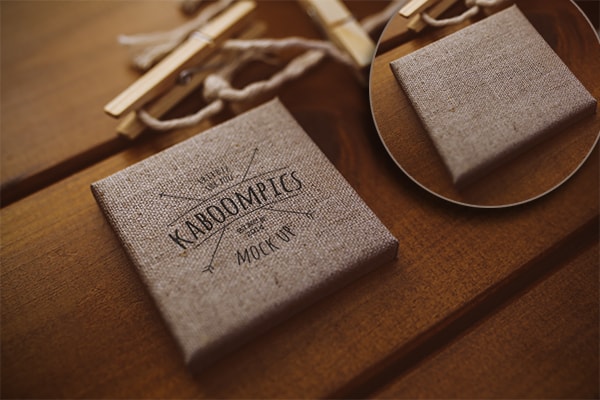By Steve Hill
The marketing industry and the world at large is becoming increasingly digitized.
In an effort to keep up with the latest technological advances, social media sweepstakes and annual trend reports, the old stalwarts of marketing, like promotional merchandise, might start to seem a little old hat.
But promotional marketing shouldn’t be retired just yet.
87% of surveyed companies heavily credit promotional products as a contributor in reaching their marketing goals, while 54% said these products allowed them to regularly engage with their customers.
And a hefty 96% of marketers believe that promotional products are one of the most effective forms of advertising.
The Value of Promotional Merchandise to Businesses
The primary value, and where you should look to measure ROI, on promotional merchandise, is in brand awareness and brand association.
Promotional products encourage brand recall in 9 out of 10 customers, as opposed to broadcast, online, print, and mobile ads that average only 2 out of 10 customers.
And, in a study conducted by the British Promotional Merchandise Association, 87% of participants kept their promotional items for longer than a year, and, more importantly, over half said their impression of the company improved after receiving a branded promotional gift.
In an increasingly competitive internet marketplace, sending out useful promotional merchandise can demonstrate how differentiate you from the norm.
How Do You Use Promotional Merchandise in 2018?
But when promotional merchandise just conjures up images of stress balls and forgotten pens at the bottom of conference bags, how do you bring it up to date with modern marketing?
The rise of the influencer
With their considerable clout over their followers’ buying decisions, social media influencers are the future of online advertising.
Driving a conversion rate of 11 times that of other online advertising, the growing number of these influencers provide huge social media opportunities for your promotional merchandise.
Partner with an influencer and have them host giveaways across their social channels for their followers to win your promotional merchandise. Not only are you tapping into a huge potential consumer base, but one that is actively looking to emulate their influences.
Take advantage of mobile shopping
Mobile shopping will only continue to grow in use. In the UK, online retail sales grew by 11.1%. On top of that, sales made via tablets and smartphones grew 23.7% year-on-year.
Retain the visibility lost from a branded carrier bag by including a promotional gift with every online order.
Get personal
Building on the named bottle campaigns by Coca Cola and the personalisation of internet advertising, personalised marketing is looking set on even bigger success 2018.
78.6% of consumers will likely engage with your brand if you offer promotions that are directly tied to how they interacted with you previously.
Provided it’s on a manageable scale, personalising promotional merchandise and complimentary to suit individual customers can be an excellent way to forge bonds with your consumer base.
Use millennial purchasing power
With millennials predicted to have the most spending power than any generation, it’s key for businesses to start understanding, and utilising, this group’s spending motivations and behaviours.
Aiming promotional merchandise directly at their needs, by including more millennial decision-makers in your strategy planning, can help you capture the attention of this powerful group.
Give out higher-value products
When it comes to converting leads premium products have proven to be far more effective. Ensure you’re demonstrating your customers value proportionately, in the promotional merchandise you choose to release.
Choose the right products
Considering that 41% of people keep promotional items between one and five years, and a further 18% hold on to them for more than 11 years, creating a promotional product that people will use frequently will generate you a lot of free advertising.
This will only work however, if your product actually provides value to your target demographic.
Such as:
- Tech gadgets – New gadgets spring almost every month. You can then have USBs, accessories, fitness trackers, or speakers as giveaway items. The more wireless the better (e.g. Bluetooth earphones and speakers). Study also shows that 60% of consumers will do business with you if you give them a power bank.
- Products for daily use – If you’re looking for a product with a long shelf life, pick those that your target audience will use regularly. Promotional tote bags are always useful.
Measure Success
Just like any other marketing campaign, the key is to measure your success.
Ensuring your product is hitting core KPIs is vital to determining the effectiveness of your promotional merchandise.
But keep in mind that promotional items take a longer timeframe to establish ROI – especially if the product has a long shelf life.
Using methods like split testing and incorporating a call to action, like a QR code or a hashtag campaign, around your promotional merchandise can demonstrate dividends but always remember to revisit your success metrics after a few months of the campaign.
Steve Hill is the Director of Bag Workshop, a leading UK supplier in promotional bags and custom branded bags. You can catch them on Twitter, Facebook and Linkedin.
Photo by Kaboompics // Karolina from Pexels







